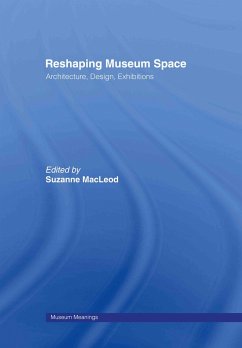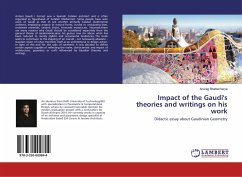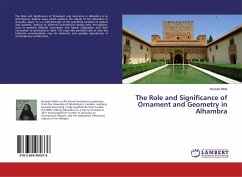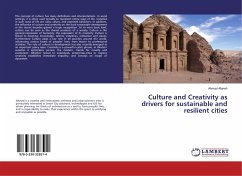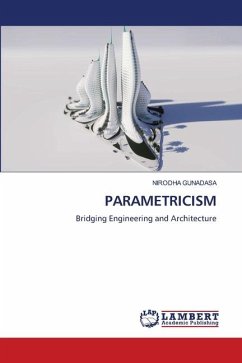
Reshaping Museum Space
Versandkostenfrei!
Versandfertig in 6-10 Tagen
24,99 €
inkl. MwSt.

PAYBACK Punkte
12 °P sammeln!
The book is composed of seventeen chapters, written by different authors, which are divided in four sections that would like to lead to one idea: how come museums had such a radical reshaping in the recent years. Each author explains, with some examples, his own opinion about what are the most evident reasons of these changes, both on the architectural (inside and outside), social and cultural aspects. The authors keep questioning what kind of types the new museum spaces are required, and highlighting a range of possibilities for creative museum design. The authors reflect about the complexity...
The book is composed of seventeen chapters, written by different authors, which are divided in four sections that would like to lead to one idea: how come museums had such a radical reshaping in the recent years. Each author explains, with some examples, his own opinion about what are the most evident reasons of these changes, both on the architectural (inside and outside), social and cultural aspects. The authors keep questioning what kind of types the new museum spaces are required, and highlighting a range of possibilities for creative museum design. The authors reflect about the complexity, significance and malleability of museum space, which is always open to change. In the recent years, while museums became consciously recognized as drivers for social and economic regeneration, the architecture of the museum has developed from its traditional forms into often-spectacular one-off statements and architectural visions.



